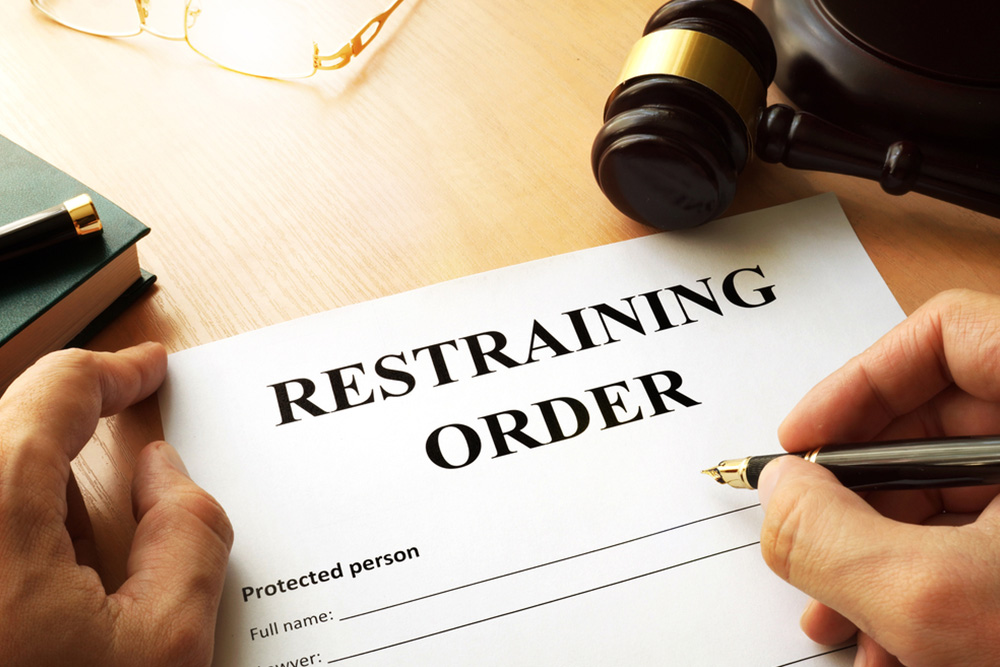Types of Restraining Orders

There are a couple of main types of restraining orders, which are injunctive and interpersonal. Injunctive orders involve stopping a business from making a lot of noise in the middle of the night. Interpersonal orders are more focused on the family law space. In domestic abuse cases, issuing these kinds of demands is standard. The types of orders and how someone can obtain one are the focus of this blog.
How Have Restraining Orders Changed?
In the last few years, the meaning of this type of order has been changing. It used to be called a domestic violence order, and now it’s called domestic abuse, instead. That means the legislature and the courts have recognized that some forms of abuse aren’t physically violent, but people still need protection from the kind of harm this abuse can cause. People who are being controlled, coerced, and manipulated may have grounds to get a restraining order. Talking to counsel can be very important if you’re in that kind of situation and looking for protection while working your way out of it.
On the other hand, people who are aware that what they’re doing is abusive may also want to talk to a lawyer to determine if they should be concerned about ending up with a restraining order against them. They want to know their rights, of course, and be clear on the process they will be involved in if someone were to go to court to get a restraining order. These kinds of restraining orders are usually between spouses or domestic partners, but they aren’t the only people who may need them.
What is Elder Abuse?
Elder abuse is another area where a restraining order may be needed. Physical abuse is not a requirement for this type of restraining order, but it can be emotionally challenging for an elder to hold their family member accountable in this way. Seniors need to be willing to protect themselves, though, against family members, caregivers, and others who may try to take advantage of them. Talking to an attorney about your rights and the conditions you’re facing can be the first step in deciding whether to file a restraining order for elder abuse against something in your family or someone else you interact with.
What is Civil Harassment?
A civil harassment restraining order is another type, and its purpose is for people who don’t have intimate relationships. People who are “legal strangers” use this type of restraining order. It could be a neighbor, for example, or a coworker, but it can’t be used with a family member. These issues can be horrid very quickly, and legal counsel is an excellent idea to help resolve the situation as fast as possible.
What is a Gun Violence Order?
The last type of restraining order is a gun violence restraining order. This is usually for the government or police department, and it is against someone who has a gun and is known to be unstable. There doesn’t have to be any actual violence for this restraining order to be active. It’s more the idea of preventing an issue with gun violence from ever happening in the first place.
Choosing the right kind of restraining order for your needs can be easier when you talk with an attorney before beginning the process. Reach out to us at Hartley Law, APLC today, and let us help you determine if a restraining order is correct in your situation.
















